Pruning citrus can often have folks bamboozled, as they’re often either full of fruit or blossoms.
Simon Marshall, landscape designer, permie and pruner to the stars gives us the basics on how, when and why you might think about pruning citrus trees.
There are several reasons why you may want to prune a citrus tree:
- To determine the size of the tree.
- To improve or direct the shape of the tree.
- To improve the tree’s vigour (and thus fruiting potential and pest and disease resistance).
- To increase the amount or quality of fruit.
- To remove pests/signs of pests and disease.
When is the right time to start pruning citrus?
It seems for many that there is never a good time to prune their citrus as the tree is always either fruiting or flowering. The timing of the pruning does depend on the circumstances, but generally speaking light pruning in the late spring or even summer is best maintenance.
Hard pruning can be carried out in the late winter if the desire is to create a lot of new growth to renew the tree (after say a gall wasp cleanse). If you prune before a growth season (in the winter before the spring) then the tree will react strongly with vigorous shoots.
This sounds good, but will actually leave you with a whole lot more pruning to do, and not much more fruit. If you must prune in the winter then try to follow it up with a second prune in the late spring or autumn.
Alternatively, pruning citrus in the autumn (light or hard) will result in a partial growth spurt before winter, and thus leave you with a more measured canopy, with less “water shoots” reaching for the sky.
Size and shape
If the tree is too large or of poor shape then a necessary heavy prune risks removing most of the fruiting wood.
I often look for a ‘second canopy’ within the tree to work towards, as a new shape. This way you will still end up with some leaves, hopefully some flowering/fruiting wood, and and a decent shape to boot.
You may need to reduce the size over several seasons, rather than all at once. Although it is good to remove diseased or damaged branches first, try not to remove too many branches from the middle of the tree until you have pruned the canopy. Instead, prune down into the canopy, removing as large a branch as you can without completely wiping out the canopy.
This is particularly important if pruning citrus at or just before summer as you may expose the branches to sunburn which later leads to disease, infection and decay.
Once you are happy with the size and shape of the exterior, carefully remove dead, diseased, weak, or unnecessary branches from within. This allows for good airflow and some light to the branches which helps prevent fungal disease.
So pruning to renew the tree should be carried out with care and ideally over several seasons.
Vigour
Pruning for vigour is more or less covered by the information above. That is, pruning hard before spring will increase vigour (perhaps excessively).
Pruning in late spring and autumn will allow for new growth without overdoing it. If your tree is lacking vigour then look to more than pruning to rectify it.
Available water and nutrients are obvious but also adequate drainage, sunlight and root space could very well be factors.
For fruit
Assuming your tree is relatively well formed and is the desired size then thinning of the canopy will aid in the production of fruit, by encouraging fresh shoots to grow, while maintaining some existing fruiting wood.
This can be carried out after fruiting and before flowering, or after flowering and before fruiting, to best direct use of the trees energy. Either way you may be removing either some fruit or some flowers.
Do not worry too much about this, as long as you leave enough potential flowering/fruiting wood, which is any wood at the extremity of the canopy.
Try to prune away branches which are shooting up or indeed out beyond where you want the canopy to be.
Try to prune a branch away which has an immediate replacement or is even obstructing another branch which will bear fruit.
As citrus fruits abundantly, prune to shape the tree how you want it, or if you don’t know what you want, try to create a “natural” tree shape. A well pruned tree (in a backyard setting) is usually aesthetically pleasing.
So to prune for fruit always leave enough one year old branches, shoots, and leaves, while thinning to make way for new vigorous shoots for the following year.
Pest and disease
The best known pest of citrus is gall wasp. I have not seen a lemon tree (in Melbourne) without gall wasp in several years. Other citrus such as orange, mandarins, and limes are also affected but seem to be to a lesser extent.
Cutting out the galls early and regularly is key to success. Things are not always so simple however, and so often pruning out galls can leave not much left. I have seen it written that it is not necessary to remove the old wasp damage (galls with tiny holes where the wasps have escaped), but I disagree.
If you do not remove all the galls then as the tree grows and matures these damaged branches become compromised and weak scaffold branches.
Renewal pruning is often required to remove gall wasp and can also be carried out over a couple of seasons, always prioritising the new infections. Alternatively a severe prune may be required as a last resort.
Citrus can recover well from such a prune if the conditions are right. This then allows you to start again with early and regular maintenance. Dispose of prunings by burning or submerging in water until there is nothing left.
Other common pests of the leaves can be controlled via regular inspection and removal of infected leaves.
Most fungus like sooty mould can be treated without pruning but can be prevented through adequate pruning in the first place.
Pruning too hard before a period of hot sun can burn branches and invite fungal pathogens and thus decay.
Please note: This is a general guide applicable to temperate climates in Australia.
Simon Marshall is a horticulturalist, arboriculturist and landscape designer with a background in permaculture, based in Melbourne. He is available for consultation, design and implementation of backyard gardens, to community gardens and everything in between.

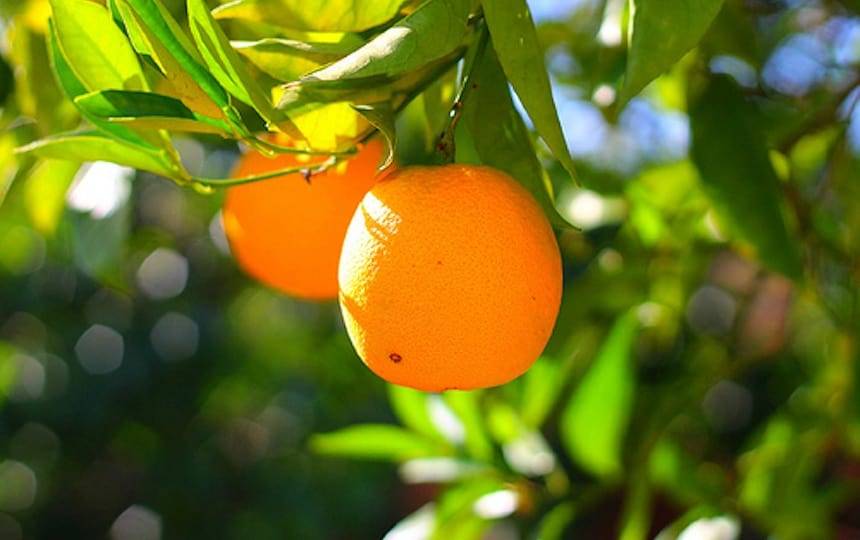
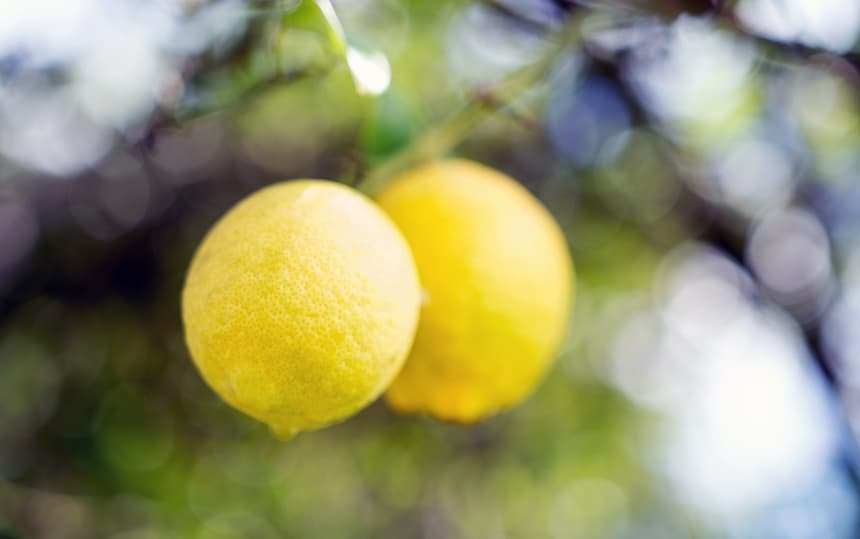
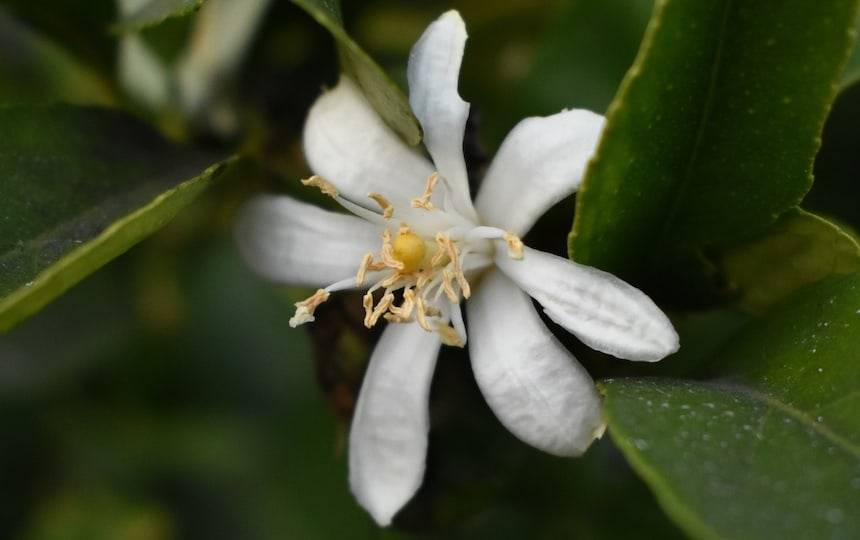
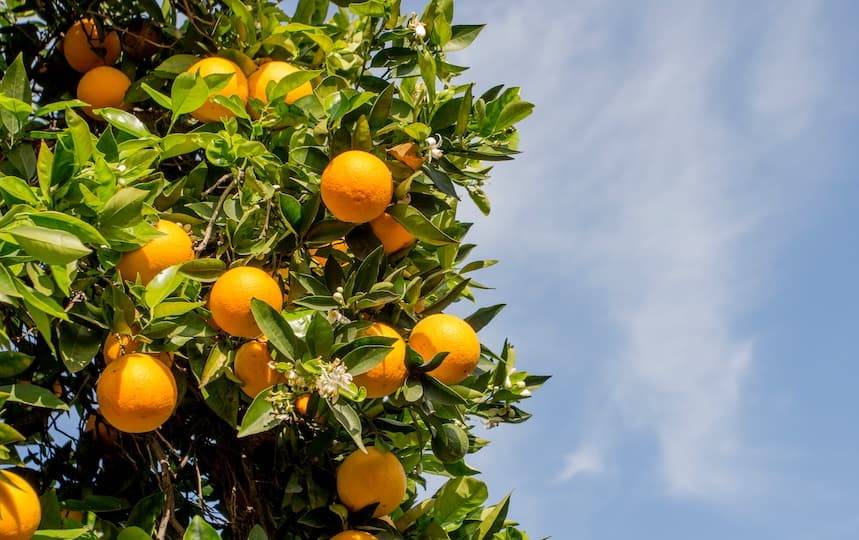
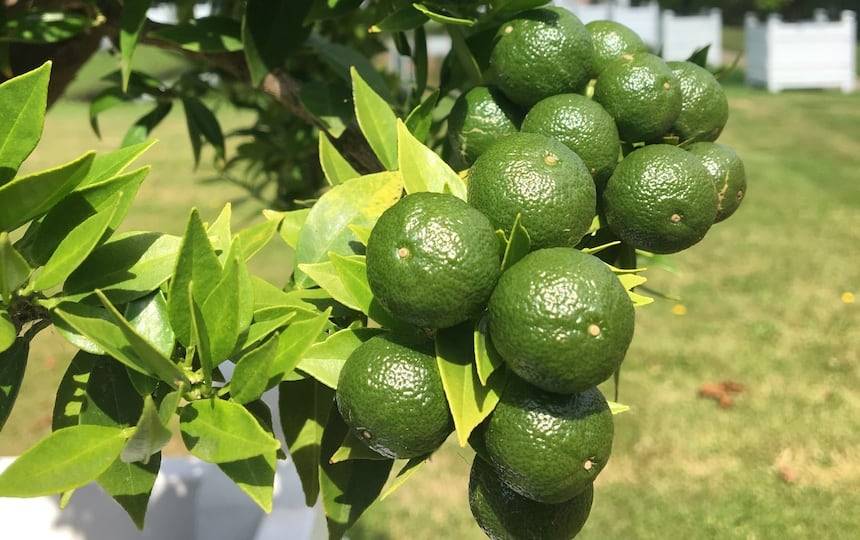

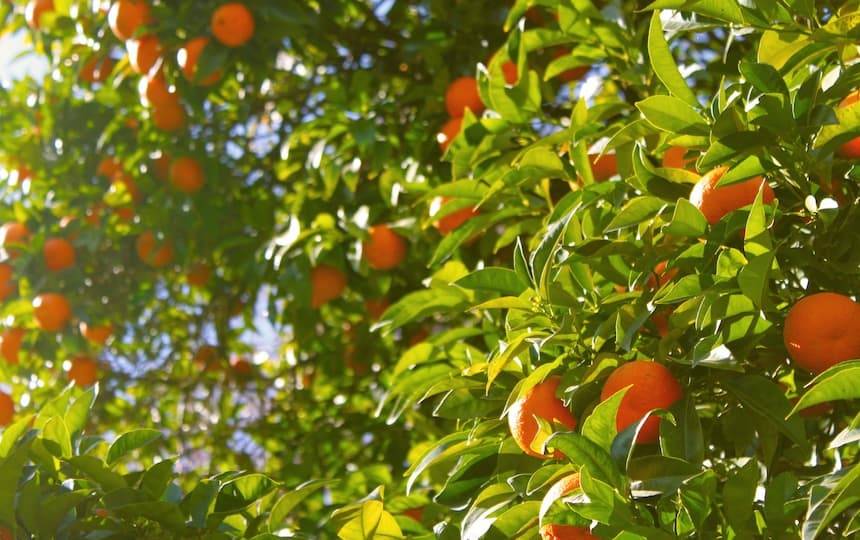

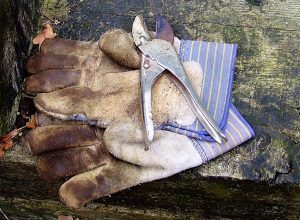







I have ruthlessly pruned back a 45 year old grapefruit and orange tree two months ago. Now lovely branches are growing back beautifully, but I want to be selective as to what branches I want to keep so I can maintain the trees more easily. Can you advise me on this topic please?
Hi Nicole – our article on pruning citrus will help 🙂 https://pipmagazine.com.au/grow/pruning-citrus/
You may also find these two articles useful for pruning fruit trees:
When To Prune Fruit Trees: https://pipmagazine.com.au/grow/prune-fruit-trees/
Apple Tree Pruning: https://pipmagazine.com.au/grow/apple-tree-pruning/